-
Dendrobium bicameratum pictures
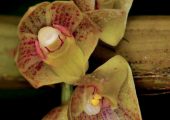
Dendrobium bicameratum flower
-
Dendrobium bicameratum
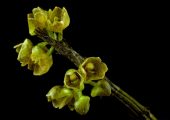
Dendrobium bicameratum Morphological features: Epiphytic plant, spindle shaped stem with grooves, 28.0-35.0 cm long and 0.3-0.6 cm thick, with 2-4 leaves near the top of the stem. The leaves are elongated and lanceolate, with a length of 4.0-8.0cm and a width of 1.8-2.5cm. The inflorescence emanates from the leafless stem nodes, nearly head shaped, 1.5-2.0cm long, with 4-6 flowers, pale yellow with dark stripes and spots. The length of the flower bud is 3.0-4.0mm; The middle sepal is wide and oval shaped, with a length of 6.0-6.5 mm and a width of 3.0-4.0 mm; The lateral sepals are wide triangular, 5.0-7.0mm long and 3.0-3.5mm wide, with a short calyx sac formed at the base; Petals long, round, ovate, 5.5-6.0 mm…
-
Dendrobium pulchellum
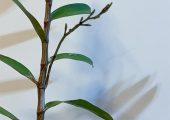
Dendrobium pulchellum It is named after the two dark spots on the petals, resembling the eyes of a dragonfly. It is a species of Dendrobium in the Orchidaceae family, with large flowers that are about 10 centimeters long and very beautiful. It is native to China, Laos and other places, and grows in the mountains at an altitude of about 70-2200 meters.
-
Dendrobium pulchellum pictures
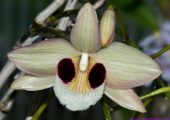
Dendrobium pulchellum flowers
-
Dendrobium unicum
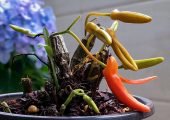
Dendrobium unicum,The meaning of the species name is “special and unique”, referring to its lips, which are reversed like rhinoceros horns and covered with deep orange red mesh patterns, very unique. This is a very attractive small species, which has become an important parent of mini Dendrobium nobile and atypical Dendrobium nobile. Although it does not have a full and round flower shape, the inheritance of orange red petals and muscular veins on the lips has made it stand out and gradually gained popularity. Distributed in Vietnam, Laos, Myanmar, and Thailand (at an altitude of 800-1550m), it grows on rocks and small shrubs in lowland forests. The flowering period is from spring to early summer, and the flower lifespan is…
-
Dendrobium unicum pictures
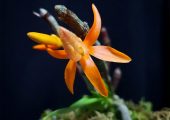
Dendrobium unicum flowers
More...
Loading...